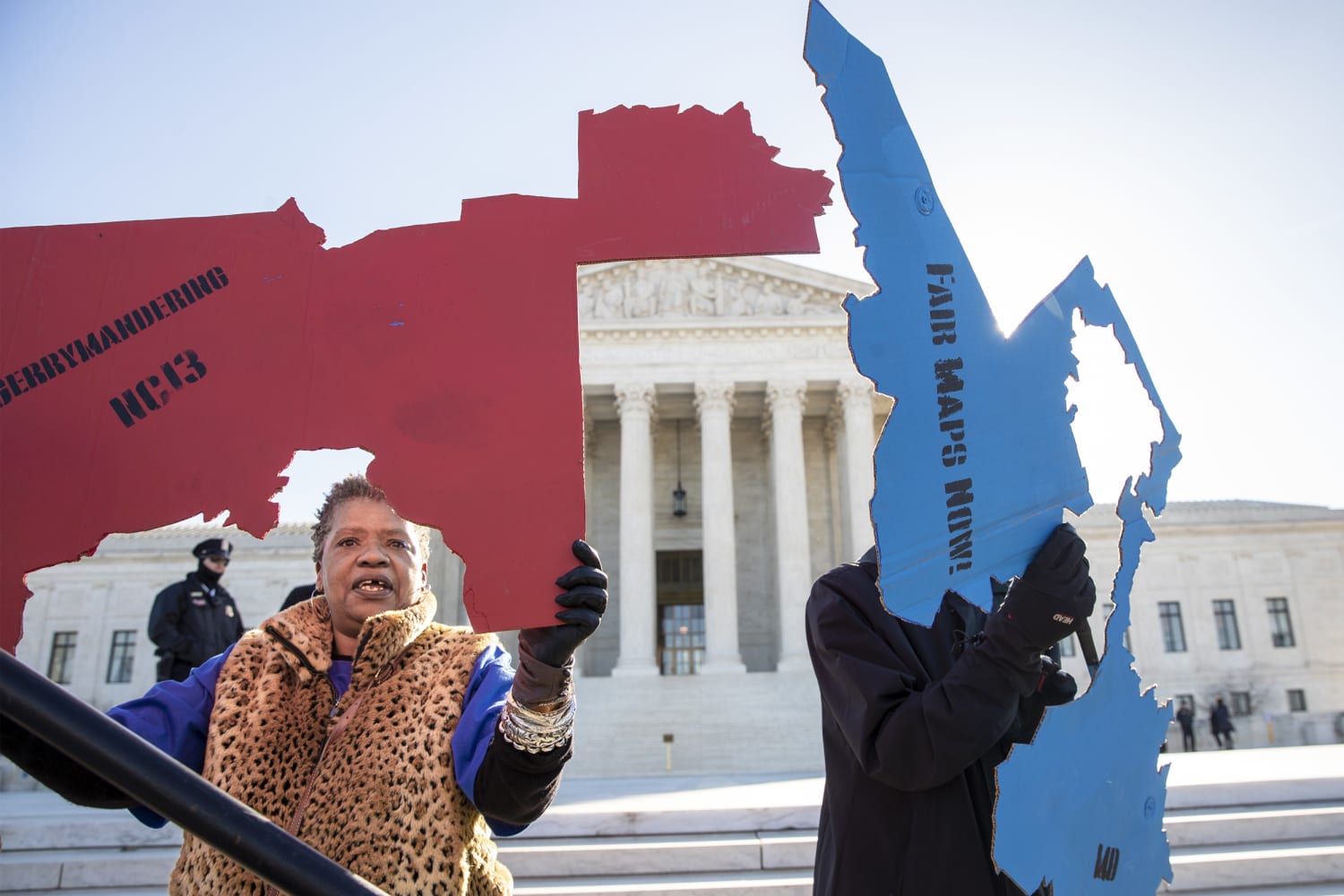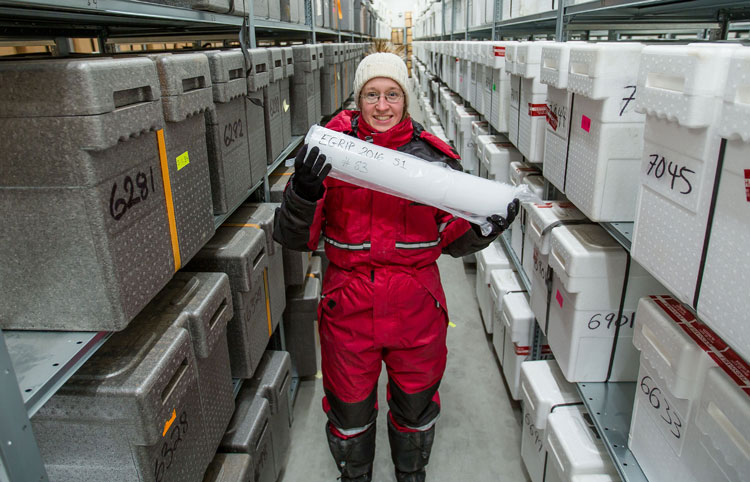
Dear Commons Community,
New York Times columnist, Gail Collins, has a piece this morning reviewing the candidacy of Robert F. Kennedy, Jr. for he Democratic presidential nomination. Entitled, “You’re So Vain, You Probably Think This Campaign Is About You,” she reviews Kennedy’s possibilities for the nomination and while she concluded that he has very little chance of winning, he could still cause some problems for President Joe Biden. She also comments on whether he or others might consider a third-party nomination. She reminds her readers that:
“ Chances are, for instance, that all the conservatives who voted for Ross Perot in 1992 weren’t really hoping he’d tilt the election to Bill Clinton. Or that the liberals who backed Ralph Nader in 2000 weren’t intending to help George Bush sneak past Al Gore. And if you’re ever in the mood to obsess about this matter, we’ll get together and have a long conversation about William Howard Taft and Teddy Roosevelt.
But for the moment, let’s look at Cornel West, a former Harvard professor now seeking the nomination of the Green Party, a perfect example of a group that promotes liberal causes in a way that can help the least-liberal candidate win.
West is being assisted by Jill Stein, who was the Green Party nominee in 2016. When she won more votes in Michigan, Wisconsin and Pennsylvania than Donald Trump’s margin of victory over Hillary Clinton in each state.”
Collins offers important commentary!
Her entire column is below.
Tony
———————————————————————————————-
The New York Times
“You’re So Vain, You Probably Think This Campaign Is About You”
By Gail Collins
Opinion Columnist
January 29, 2023
Let’s start with some positive things about Robert F. Kennedy Jr.’s campaign for president.
Tick, tick, tick …
OK, I really do have some. Sort of. But let’s get the downside out of the way first.
There’s his anti-vax crusade. Kennedy has claimed that Covid vaccinations are responsible for practically every evil in the world — last year, in a best-selling book, he accused Dr. Anthony Fauci of using the pandemic to trigger a “coup d’état against Western democracy.”
And he’s lashed into Joe Biden for pandemic restrictions that he once compared to Nazi Germany. Some of his relatives recoiled at that point. But R.F.K. Jr. holds no grudges. In his announcement speech he assured the crowd: “I bear no ill will … to any of them.”
Which is certainly a good thing, given that even Kennedy’s wife, Cheryl Hines, disagreed when he claimed that the pandemic regulations were worse than Nazi Germany. (Back then, he argued, you could at least “hide in the attic like Anne Frank.”)
Now Kennedy is running for the Democratic presidential nomination against Joe Biden. And while he isn’t going to win, he’ll certainly draw a lot of attention. Even loyal Democrats have gotten kinda bored with our current president, and nobody really loves the idea of him celebrating his 86th birthday in the White House.
It’s very clear that many of the folks who’ve told pollsters they want to nominate R.F.K. Jr. for president are just relating to the name. But he’s earned some of his high profile. There was a time — a very long time ago — when the world knew him mainly as a battler for the environment. Talking with everybody from Oprah to the Waterbury Democratic Town Committee.
Mentioning that last one so I can tell you a story about a visit Kennedy made there once, back during the Clinton era. “He spoke forever,” a Connecticut friend of mine recalled. “He explained how estuaries work. He used that word.” It was not the normal pitch you gave to the regular Democrats in Waterbury, but nevertheless, my friend remembers the audience rapt from beginning to end.
That was then. Now, Kennedy is troubled by spasmodic dysphonia, a disorder that makes his voice sound hoarse and strange. And even though he must realize his anti-pharmaceutical ranting is not going to win him the nomination, he doesn’t seem quite able to contain himself. Recently, he’s claimed vaccine research and prescription drugs have been responsible for everything from H.I.V. to school shootings.
“Prior to the introduction of Prozac,” he told an online audience, “we had almost none of these events in our country and we’ve never seen them in human history, where people walk into a schoolroom of children or strangers and start shooting people.”
Obviously even a great environmental record won’t wipe away all this crazy stuff. But one very good thing about Kennedy’s presidential campaign is that he’s actually planning to run in the presidential primaries. Take on Joe Biden, head-to-head. Could be a problem for the president, what with his likely decision to skip the first two contests in New Hampshire and Iowa in order to start in the more diverse South Carolina. If Kennedy wins instead, a lot of Democrats who are dissatisfied with the status quo may be seriously tempted to look his way.
That’s Biden’s problem. He’ll survive. But so far, what Kennedy is apparently not going to do is run as a third-party candidate.
Let’s celebrate him for that. After all, it’d be a lot easier to run as a third-party candidate than trying to beat back Biden in Democratic primaries around the country. Your name will be in the news all the way through to Election Day. Only problem is that you can easily siphon votes away from the regular party candidate and throw the race to somebody none of your supporters really want at all.
Chances are, for instance, that all the conservatives who voted for Ross Perot in 1992 weren’t really hoping he’d tilt the election to Bill Clinton. Or that the liberals who backed Ralph Nader in 2000 weren’t intending to help George Bush sneak past Al Gore. And if you’re ever in the mood to obsess about this matter, we’ll get together and have a long conversation about William Howard Taft and Teddy Roosevelt.
But for the moment, let’s look at Cornel West, a former Harvard professor now seeking the nomination of the Green Party, a perfect example of a group that promotes liberal causes in a way that can help the least-liberal candidate win.
West is being assisted by Jill Stein, who was the Green Party nominee in 2016. When she won more votes in Michigan, Wisconsin and Pennsylvania than Donald Trump’s margin of victory over Hillary Clinton in each state.
Just saying.
To summarize: People, if you’re bored with Joe Biden and believe that what this country really needs is a Democratic presidential nominee who seems to feel pandemic restrictions are nearly as dangerous as Nazis, go ahead and vote for Robert F. Kennedy Jr.
It’s a free country, after all.





 Dear Commons Community,
Dear Commons Community,





